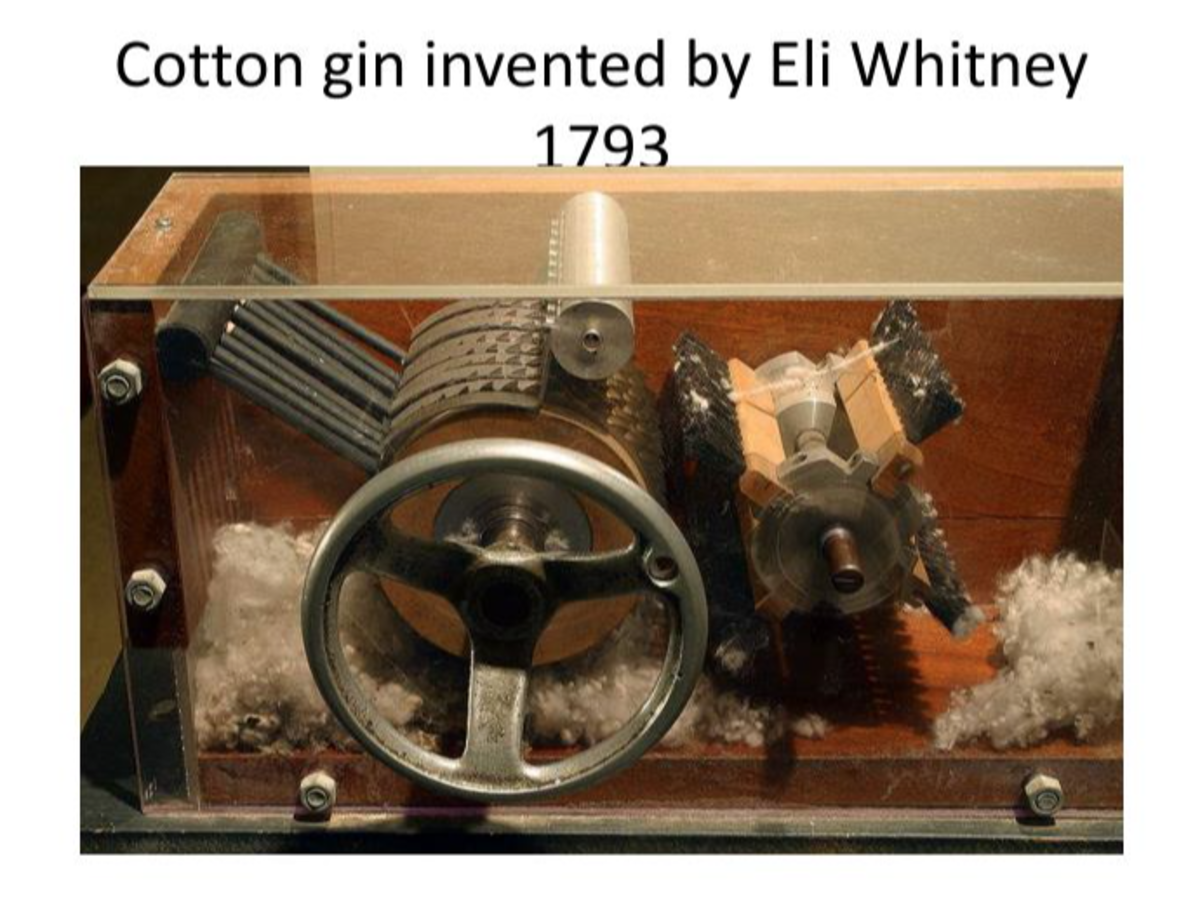Slavery
Slavery
The Civil War remains as one of the most crucial moments in American history. The war is known by many names, but it is identified as one thing: the event that almost destroyed the nation, splitting it apart in two. If the Union did not emerge victorious in this battle, the United States would not be present today. What is it that almost brought a country apart? What is the reason behind the war? Slavery is the major cause of the American Civil War.
The war originated from the conflict between the North and the South. It was the differences between the two regions that caused the conflict. The North and South were very different from each other. The North was known as the industrial region; it was responsible for the trade and manufacturing developments of America during its time (Gallagher, 2008; Perry, 1989). Industrialization involved labor, and the North derived the labor it needed from the European immigrants (Gallagher, 2008). On the other hand, the South was known for agriculture (Gallagher, 2008; Perry, 1989). Cotton was the primary crop from the South; it consisted more than half of all exports from the U.S. and is the main source of income for the region (Gallagher, 2008). Because cotton proved to be lucrative, the region became dependent on their farmlands. For the farmlands to be managed, slaves are needed (Gallagher, 2008). Therefore, the South needed the slaves and upheld slavery.
Another difference between the two regions involved tariffs. Prior to the war, tariff was the main and only source of income for the government (Gallagher, 2008). Tariff enabled the federal government to build infrastructures. The North agreed with tariffs because it gave them an advantage over foreign goods (Perry, 1989). Meanwhile, the South was against tariffs because it caused the prices of the commodities they exported to become higher. The South also insisted that they did not need infrastructures to be built in their area (Gallagher, 2008).
The economic differences of the regions eventually resulted in political differences. The citizens during that time pledged loyalty to their state instead of the Union (Gallagher, 2008). However, because of the nature of their economy, the North needed a central government to manage the infrastructures, trade, industries and currency. The South was rather independent, and did not see a need to increase the power of the federal government. That is why secession, or the formal withdrawal of the state from the Union, was considered an option (Perry, 1989). Also, the Southerners assumed that a central government would threaten slavery (Gallagher, 2008).
Slavery had been a central issue between the regions. The Southerners considered slaves as property, and they wanted to be allowed to bring their slaves wherever they went (Perry, 1989). During this time, the Union had just acquired new territories; the Southerners
also wanted to take their slaves there. Aside from that, they also demanded that the new territories be slave states. On the other hand, there were those who pushed for abolition of slavery. This was strongly opposed by the Southerners, who were dependent on slavery to further their agricultural endeavors (Perry, 1989).
There were many attempts by both regions to settle their issues over slavery through compromise (Gallagher, 2008). There were the Missouri Compromise, the Compromise of 1850 and the Kansas-Nebraska Act. Despite these legislative attempts to settle their differences, the South still ended up seceding from the Union because of the election of Abraham Lincoln (Gallagher, 2008; Perry, 1989). The Republican Party was created on the promise of the abolition of slavery (Perry, 1989). The Southerners believed that in the instance that the 1860 Republican presidential candidate Lincoln would win, slavery would indeed be threatened (Gallagher, 2008). Lincoln won, and the secession of the Southern states began (Gallagher, 2008; Perry, 1989). South Carolina was the first state to secede, and Tennessee was the last (Gallagher, 2008).
By the time of Lincoln's inauguration, the Southern states have already created a new government (Gallagher, 2008). They have established the Confederate States of America, their own government apart from Lincoln's administration. They also adopted a constitution designed after the United States Constitution. Jefferson Davis was elected by the Congress as Confederate president; Alexander Stephens was vice president (Gallagher, 2008).
President Lincoln did not want to wage war against the Confederacy though he did not agree with the Southern secession (Gallagher, 2008; Perry, 1989). In his inaugural address, Lincoln said that he will “hold, occupy, and possess the property and places belonging to the government” (as cited in Gallagher, 2008, p. 4). Despite this claim, it was never his intention to attack the Confederacy (Gallagher, 2008). He simply wanted the South to give him a chance to resolve the issue. Lincoln believed that in time, the conflict will be resolved when the Southern states decide to come back to the Union (Gallagher, 2008). This did not happen as Lincoln hoped.
When the Southern states seceded, they took over the Union forts that were situated on their borders or shores (Gallagher, 2008). There were four forts that were still under the authority of the Union. Fort Sumter was one of them. Major Robert Anderson was the commander of garrison of that fort. On the 12th of April 1861, Confederate General P.G.T. Beauregard fired at Fort Sumter, forcing Major Anderson to surrender (Gallagher, 2008).
The North was shocked by this attack (Gallagher, 2008). After the attack on Fort Sumter, Lincoln realized that unavoidable (Perry, 1989). He announced the need for 75,000 people to fight for the Union (Gallagher, 2008; Perry, 1989). The people supported the government in its decision, and the Civil War officially began (Gallagher, 2008; Perry, 1989).
Indeed, slavery was the cause of the Civil War. Though the North and South had many differences to begin with, it was over the issue of slavery that their conflict intensified. Despite Lincoln's efforts to keep the separation peaceful, the Confederacy launched an attack that left the Union no choice but to fight back. Clearly, it was one of American history's most crucial moments.








